Blueberries, often called “nature’s superfood,” have become a favorite fruit across the globe. Their vibrant color, tangy-sweet flavor, and rich nutritional profile make them a staple in everything from breakfast smoothies to gourmet desserts. But beyond their culinary appeal, blueberries are a booming global industry.
This leads us to the key question: Which country is the world’s top blueberry producer?
The answer is the United States, which consistently holds the crown as the largest producer of blueberries worldwide. However, other countries like Canada, Peru, Chile, and Spain are catching up quickly due to rising global demand.
In this article, we’ll explore the U.S.’s leadership, other major producing countries, the booming blueberry trade, nutritional and cultural importance, and the future of this small but mighty fruit.
Blueberries at a Glance
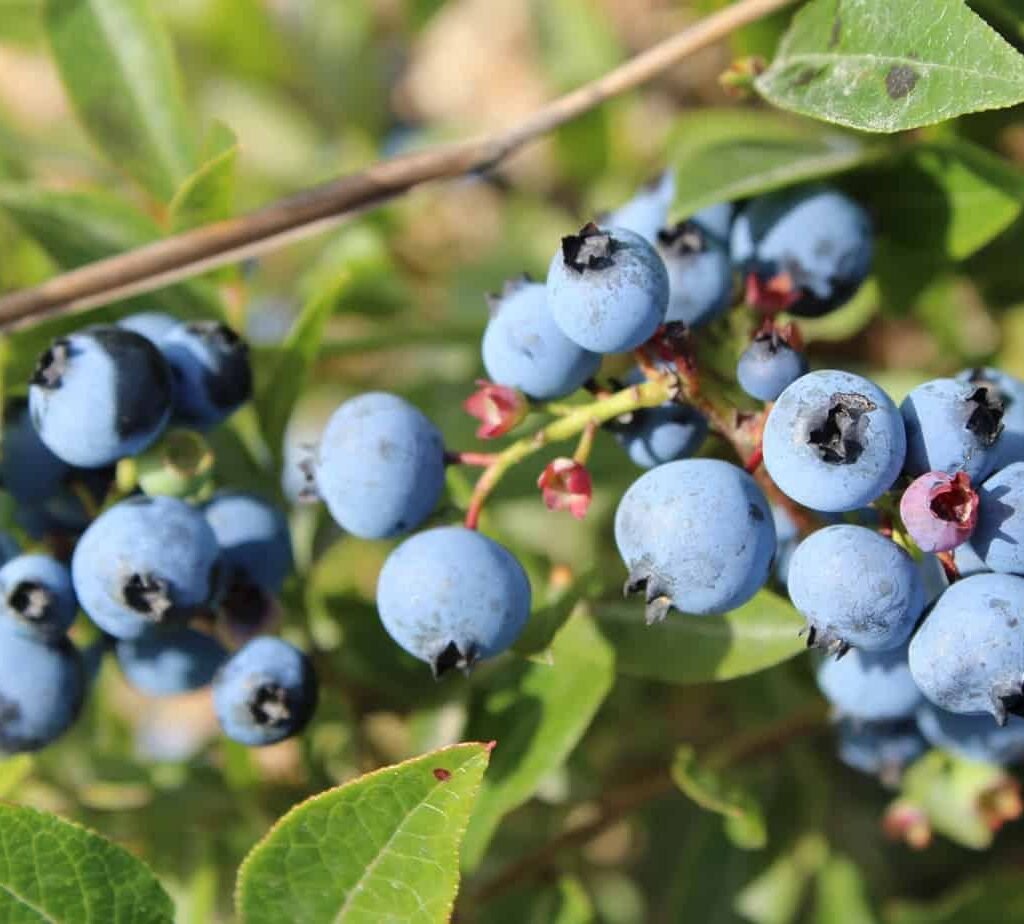
Botanical Profile
- Belong to the genus Vaccinium.
- Two main types dominate cultivation:
- Highbush blueberries (Vaccinium corymbosum) – cultivated varieties, larger berries, grown commercially.
- Lowbush blueberries (Vaccinium angustifolium) – wild blueberries, smaller and more intense in flavor.
Nutritional Value
Blueberries are hailed as a superfruit because they are:
- Rich in antioxidants (especially anthocyanins that give them their blue-purple color).
- Packed with vitamin C, vitamin K, and fiber.
- Low in calories but dense in nutrients.
Health Benefits
- Reduce oxidative stress and inflammation.
- Support heart and brain health.
- Improve digestion and gut health.
- Aid in managing blood sugar levels.
- Promote healthy skin and aging.
United States: The World’s Top Blueberry Producer
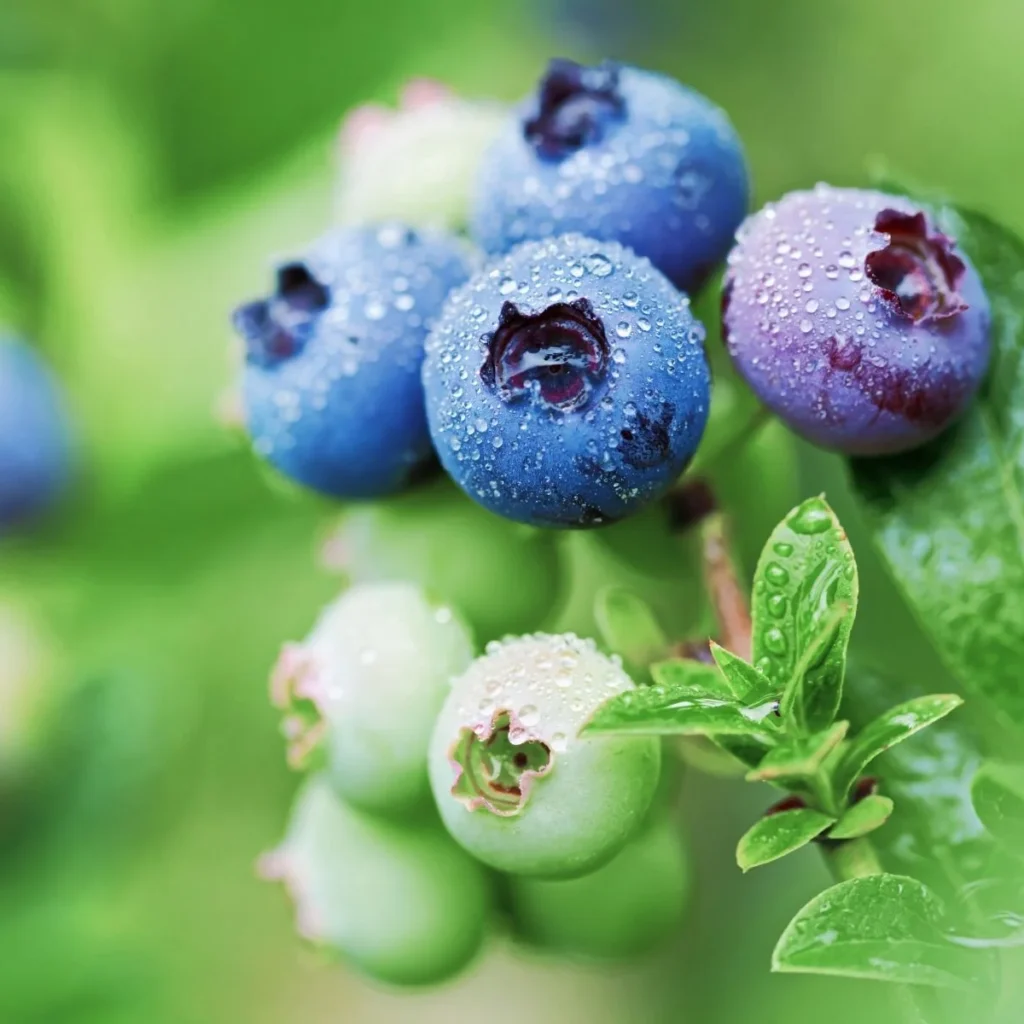
Annual Production
The United States is the largest blueberry producer globally, harvesting around 300,000–350,000 metric tons annually. Production is spread across several states, each with unique growing conditions.
Key Producing States
- Washington and Oregon – Leading producers, together accounting for nearly half of U.S. output.
- Michigan – Famous for its long tradition of blueberry farming.
- New Jersey – Often considered the birthplace of U.S. commercial blueberry cultivation.
- Georgia, North Carolina, and Florida – Supply blueberries early in the season, meeting growing domestic demand.
Why the U.S. Dominates
- Diverse Climates – Allows year-round supply from different states.
- Innovation and Research – Advanced breeding programs develop larger, sweeter, and disease-resistant varieties.
- Domestic Demand – Americans consume more blueberries than any other nation, keeping demand strong.
- Export Markets – The U.S. supplies fresh blueberries to Canada, Asia, and Europe.
Other Major Blueberry Producers
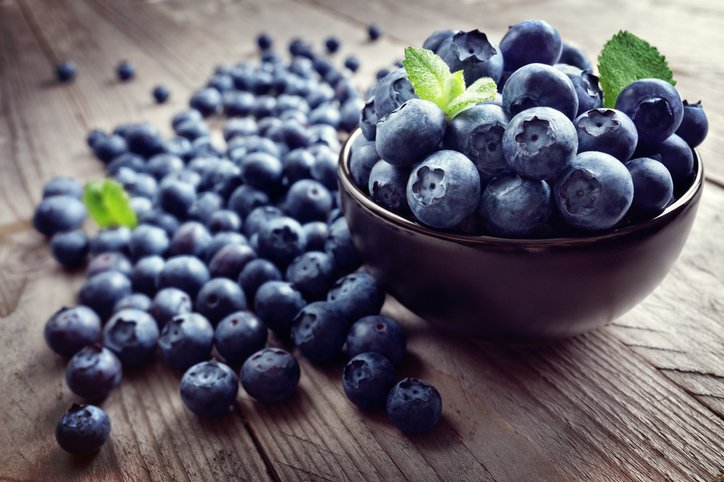
While the U.S. leads, other countries have become strong competitors, especially in exports.
1. Canada
- Annual Production: 150,000–200,000 metric tons.
- Known for its wild lowbush blueberries, mainly grown in Quebec and Nova Scotia.
- Canada exports large volumes to the U.S. and Europe.
2. Peru
- Annual Production: 200,000+ metric tons (and rising).
- Has quickly become a global export powerhouse, surpassing Chile in some years.
- Favorable climate allows nearly year-round production.
- Exports primarily to the U.S., Europe, and China.
3. Chile
- Annual Production: 150,000–170,000 metric tons.
- Key supplier during the Northern Hemisphere’s off-season.
- Major exporter to North America, Europe, and Asia.
4. Spain
- Annual Production: ~60,000–70,000 metric tons.
- Europe’s largest producer, concentrated in Andalusia.
- Supplies blueberries to EU markets, especially Germany, the UK, and France.
5. Poland
- Annual Production: ~40,000–50,000 metric tons.
- Known for high-quality blueberries with growing exports.
Other emerging producers include Mexico, South Africa, Morocco, and China, which are rapidly expanding their blueberry industries.
Global Blueberry Trade
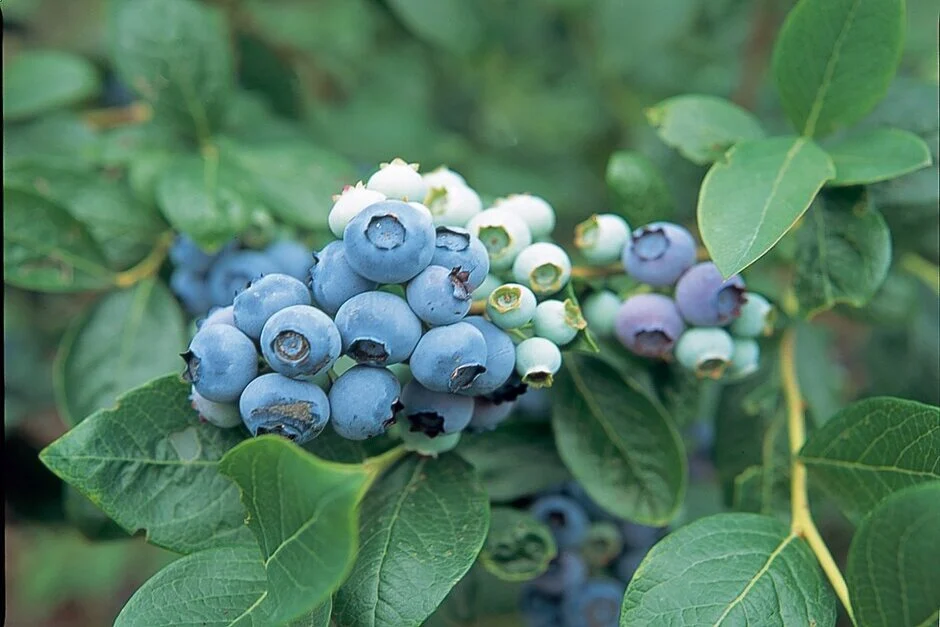
Export Leaders
- Peru: Currently the world’s top blueberry exporter, thanks to its long export season and large-scale farms.
- Chile: Strong competitor with well-established trade networks.
- Spain and Morocco: Dominant suppliers to Europe.
Import Leaders
- United States: Despite being the largest producer, it imports heavily to meet growing demand, particularly from Peru and Chile.
- European Union: Germany, UK, and France are top consumers.
- China: Fastest-growing blueberry market, with rising middle-class demand for superfoods.
Cultural and Economic Importance
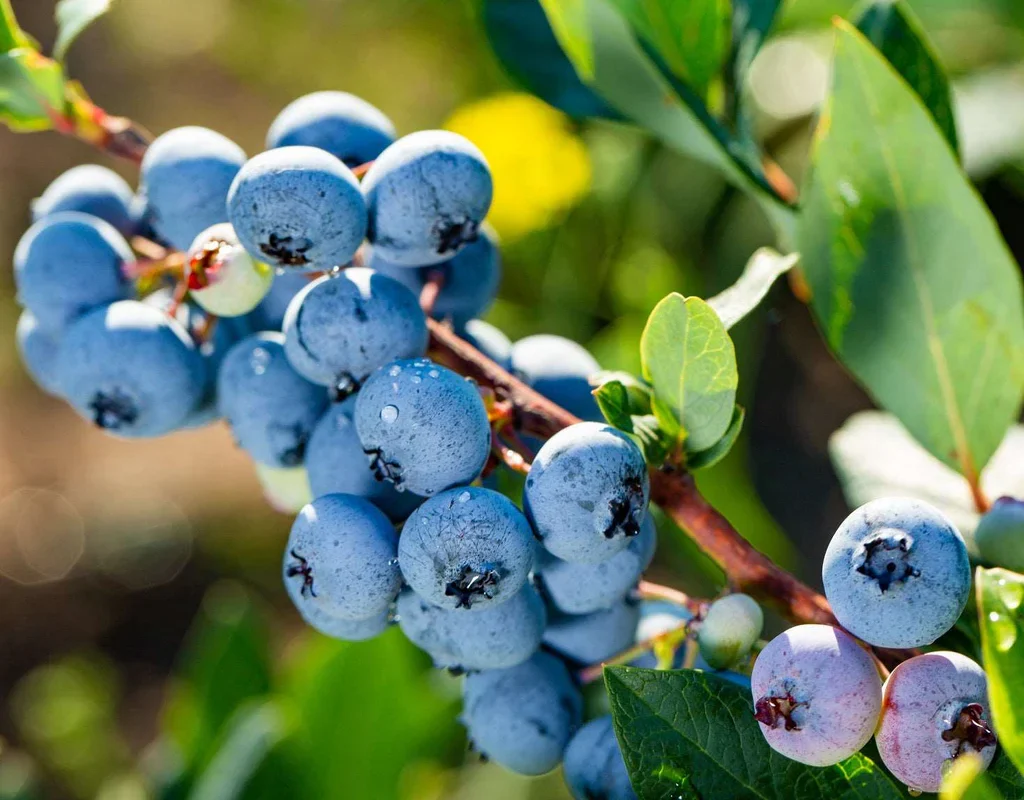
In the U.S.
- Blueberries are central to American cuisine—blueberry pies, muffins, pancakes, and jams.
- July is celebrated as National Blueberry Month.
- Michigan and Maine host blueberry festivals, showcasing their heritage.
In Canada
- Wild blueberries are a cultural treasure, with festivals and culinary traditions centered around them.
In Peru and Chile
- Blueberry exports are crucial to the economy, creating jobs and positioning both countries as leaders in the fruit export sector.
Challenges in Blueberry Production
- Climate Sensitivity
- Blueberries require acidic soils and specific chilling hours. Climate change threatens traditional growing regions.
- Labor Shortages
- Harvesting is labor-intensive and requires skilled pickers.
- Market Volatility
- Oversupply can lower prices, especially as new countries ramp up production.
- Post-Harvest Handling
- Blueberries are delicate, requiring cold-chain logistics to maintain freshness.
- Pests and Diseases
- Susceptible to fungal diseases like mummy berry and root rot.
The Future of Blueberries
- Rising Global Demand: Superfood status ensures blueberries remain in high demand.
- New Varieties: Breeding programs are developing heat-tolerant and high-yielding cultivars.
- Sustainability: Focus on water-efficient farming, organic production, and eco-friendly packaging.
- Expanding Markets: Growth in Asia, particularly China and India, will drive future expansion.
- Processed Products: Beyond fresh fruit, demand for frozen, dried, juices, and nutraceuticals is booming.
Final Thoughts
So, which country is the world’s top blueberry producer? The answer is the United States, producing over 300,000 metric tons annually. Its diverse climates, research-driven agriculture, and strong domestic demand secure its place at the top.
However, when it comes to exports, Peru has emerged as a global leader, dominating international blueberry markets with its counter-seasonal advantage.
Together, the U.S., Canada, Peru, Chile, Spain, and other rising players ensure blueberries are available year-round, making this once-seasonal fruit a global staple. With their health benefits, cultural significance, and booming trade, blueberries will remain a vital fruit on the world stage for years to come.





